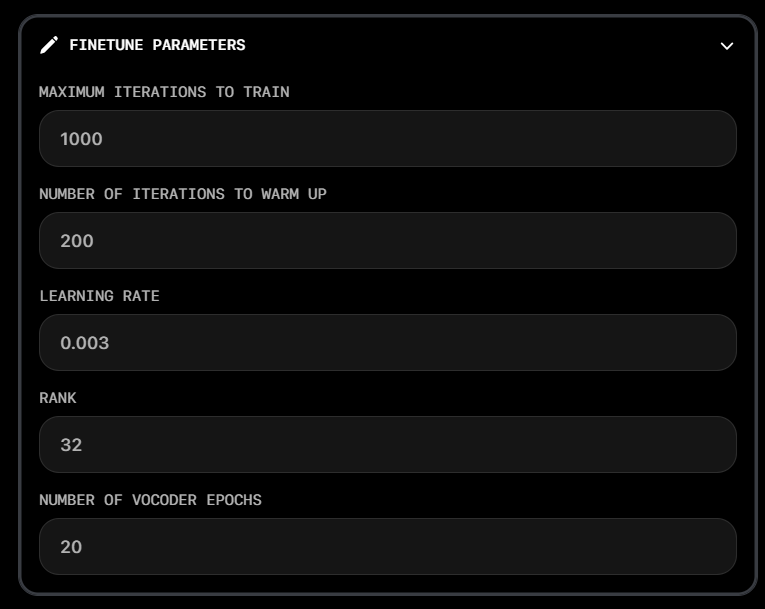Steps to create your voice clone:
1. Access the Voice Cloning Feature
Navigate to the Play AI App and log in to your account. Once logged in, locate and click on the Create Voice Clone option in the left navigation bar.
2. Choose Your Cloning Method
When the modal appears, you’ll see two options:Minimum 30 sec of audio is required for Instant Cloning
Instant Clone
- For Quick cloning of your voice
- - Requires only 30 seconds of audio
- - Results available instantly
- - Record your voice on the fly
- - Upload an existing audio file
High Fidelity Clone
- For professional results
- - Requires 20+ minutes of audio
- - Captures nuanced speech patterns
- - Preserves authentic accents
- - Superior voice quality
- - Takes longer time to train
- - Recommended for commercial use
3. Provide Your Audio Sample
For Instant Cloning:
The Voice Gender setting for Instant Clones currently does not have any effect!
- Recording Option: Click the record button and speak naturally for at least 30 seconds

- Upload Option: Upload a pre-recorded audio file (minimum 30 seconds)

For High Fidelity Cloning:
- Upload one or more audio files totaling up-to 30 minutes (do not exceed)
- Ensure consistent audio quality throughout
- Use clear recordings without background noise
High Fidelity Fine-tune parameters
High Fidelity Fine-tune parameters
Available parameters for High Fidelity Voice Cloning:

- Maximum Iteration to Train: Controls the total duration of model training. Higher values mean longer training time but potentially better results.
- Number of iterations to warm up: Initial training phase where the model gradually adjusts its parameters before full training begins. Helps establish a stable starting point.
- Learning Rate: Determines how much the model’s weights are adjusted in each training iteration. Higher values mean faster learning but risk instability.
- Rank: Controls how much the model can be modified by the input voice. Higher values allow more voice influence but should be used cautiously to avoid overfitting.
- Number of Vocoder Epochs: Specifies how many times the vocoder (audio synthesis component) goes through the training data. More epochs can improve audio quality but increase training time.
4. Process Your Voice Clone
After submitting your audio:- Instant clones typically process within ~1 minute
- High Fidelity clones may take longer depending on audio length (~35 mins)
- You’ll receive a notification when your clone is ready
5. Access Your Cloned Voices
Once processing is complete, navigate to Your Cloned Voices to:- Preview your cloned voice
- Test with different text inputs
- Manage voice settings
- Use in your projects

